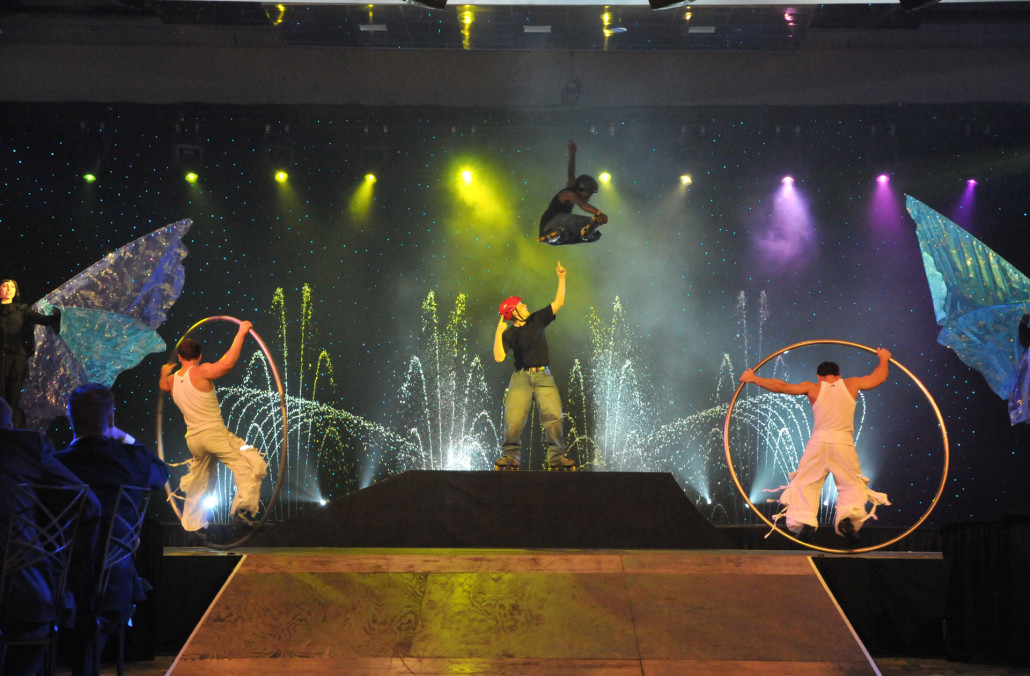From Employee Incentive Trips to Gift Cards: Non-Cash Rewards Have a Catch
What Are Non-Cash Rewards?
Rewards for employees exist in all forms. Whether it’s a gift card, tickets to a concert, or a corporate incentive trip, these non-cash items are alternative ways of rewarding employees for achieving a certain goal. Non-cash rewards are not always free, but can allow the company to make better use of its money. Additionally, non-cash rewards can be exciting for employees, increasing the incentive for a job well done.
Offering rewards for small accomplishments can help keep up moral in an office. Using small goals, such as an entering in a gift card drawing for “highest weekly sales,” will give a better sense of achievability for employees.
Companies have also recently started implementing more health-focused programs in the workplace. Such competitions can simultaneously keep employees motivated, while improving their health and productivity at work. Non-cash rewards can include relevant items like a FitBit and a juicer, or even something as simple as a set of weights.

Live performance at a corporate incentive trip in Orlando, Florida.
The Bigger the Better
Small rewards pave the way for employees gearing up to reach annual goals. Employee appreciation events and incentive trips can give employees something worthwhile to work for, motivating hard work all year long. That being said, the event must be worth it. The events should be planned with the employee in mind, and they shouldn’t be an after thought. Invest in your employees if you want them to invest in the company.
What’s the Catch?
Giving an employee a well-deserved gift seems like an effortless exchange. However, the process isn’t as simple as some companies might think. The Incentive Research Foundation found that less than 67% of businesses are aware of the tax regulations for their reward programs.
As of April 1, 2018, companies are now subject to report taxes on non-cash rewards, as well as be mindful of the tax burden on the receiving employee. Assorted types of gifts or rewards, including those given for recognition, sympathy, and retirement, all have specific regulations. The University of California, San Francisco organized a summary of the assorted items, per-person limits, and corresponding tax treatments.
Disclaimer: We are not lawyers and any information provided should not be relied upon as legal advice. The best way to make sure you’re complying by the IRS regulations is to consult an expert.
If you’re planning to implement a new reward or program, contact a tax advisor to find out the current regulations. Regulations are constantly changing and can vary based not only on the amount of the gift, but also the situation and other ramifications.



